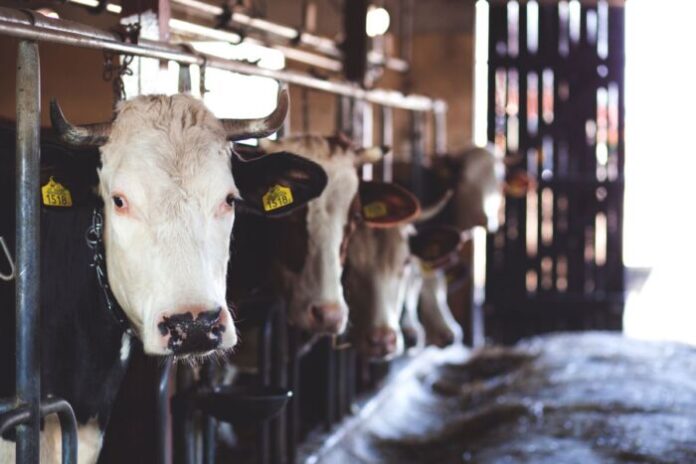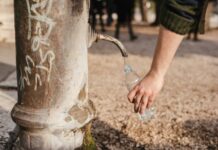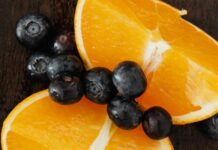
How many natural resources are Italian intensive farms consuming? While the strategy of the future CAP is under discussion these days, Greenpeace has tried to answer this question by measuring the ecological balance of the sector together with researchers from the University of Tuscia. The result of the study shows how agriculture and animal husbandry are consuming one and a half times the natural resources of Italian agricultural land.
“The Weight of Meat”: the study on the ecological footprint
To understand the real sustainability of production levels in the agricultural and livestock sector in Italy, the ecological footprint indicator was used, which estimates the impact of a given sector in relation to the capacity of the territory (biocapacity) to supply the necessary resources and absorb the waste or emissions produced. In this case, on one side of the scale we have put only the direct emissions of farmed animals, on the other the natural resources that the Italian agricultural area provides. It is therefore a conservative estimate, which does not take into account other stages of the supply chain such as the import and production of feed, or the energy used.
“What our study revealed is that agriculture and animal husbandry are on the whole unsustainable – explains the environmental association – since they create a deficit between supply and demand for natural resources. In this imbalance, farms play an important role, considering that alone they require 39 percent of Italian agricultural resources only to compensate for greenhouse gas emissions deriving from manure and enteric fermentation of farmed animals”.
Lombardy, an emblematic case
The Po Valley is the Italian area with the highest concentration of intensive farming. In addition, more than half of the ecological footprint of the livestock sector depends on the regions of the Po Valley, with Lombardy contributing over a quarter to the national impact and which is devouring 140% of the regional biocapacity. In practice, Lombardy should have an agricultural area of almost one and a half times the current one to compensate for the direct emissions of the animals raised on its territory.
The Lombard data show what happens when there is a high density of animals in an area with limited bioproductivity. This condition is similar to the other Po regions: Veneto (64%), Piedmont (56%), Emilia-Romagna (44%). In the south, Campania is the first for percentage of impact (52%).
A new CAP is needed to reverse the trend
The numbers show that current production levels are unsustainable for the environment, but reversing is possible. According to Riccardo De Lauretis, head of the emissions and air pollution prevention area of the Higher Institute for Environmental Protection and Research (ISPRA), in agreement with Adrian Leip, of the Food Security Unit of the Joint Research Center of the European Commission (JRC), “Greater attention to health and nutrition can lead to a real change in the system, which leads to produce, but also to consume less. Studies carried out so far show that the technologies we have available in the livestock sector will not be sufficient to meet the ambitions of reducing the greenhouse effect”.
“The vote on the future CAP is a decisive moment to cut funds for intensive farming and allocate resources for a true ecological conversion of the sector. Our MEPs must listen to science – says Federica Ferrario, Head of the Agriculture Campaign of Greenpeace Italy – On the Italian front, Minister Bellanova herself says that we need a vision of agricultural policy that places the fight against the climate emergency at the center. The numbers show that current production levels are unsustainable for the environment and not very profitable for many Italian farmers, while experts confirm that technological solutions are not enough to reduce their impacts. It is time to seriously consider reducing the production and consumption of products of animal origin, to the benefit of quality, health and the environment”.






































